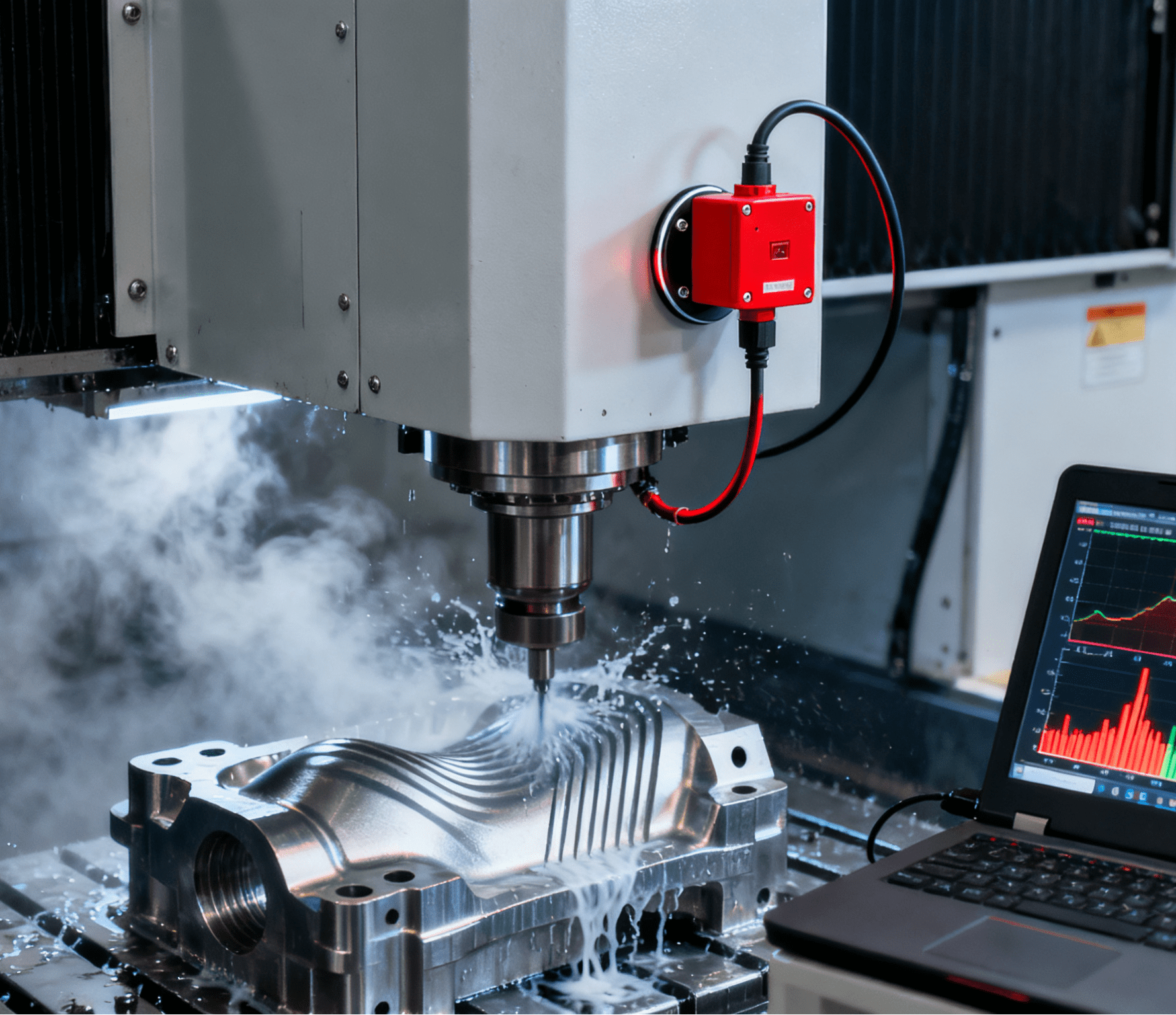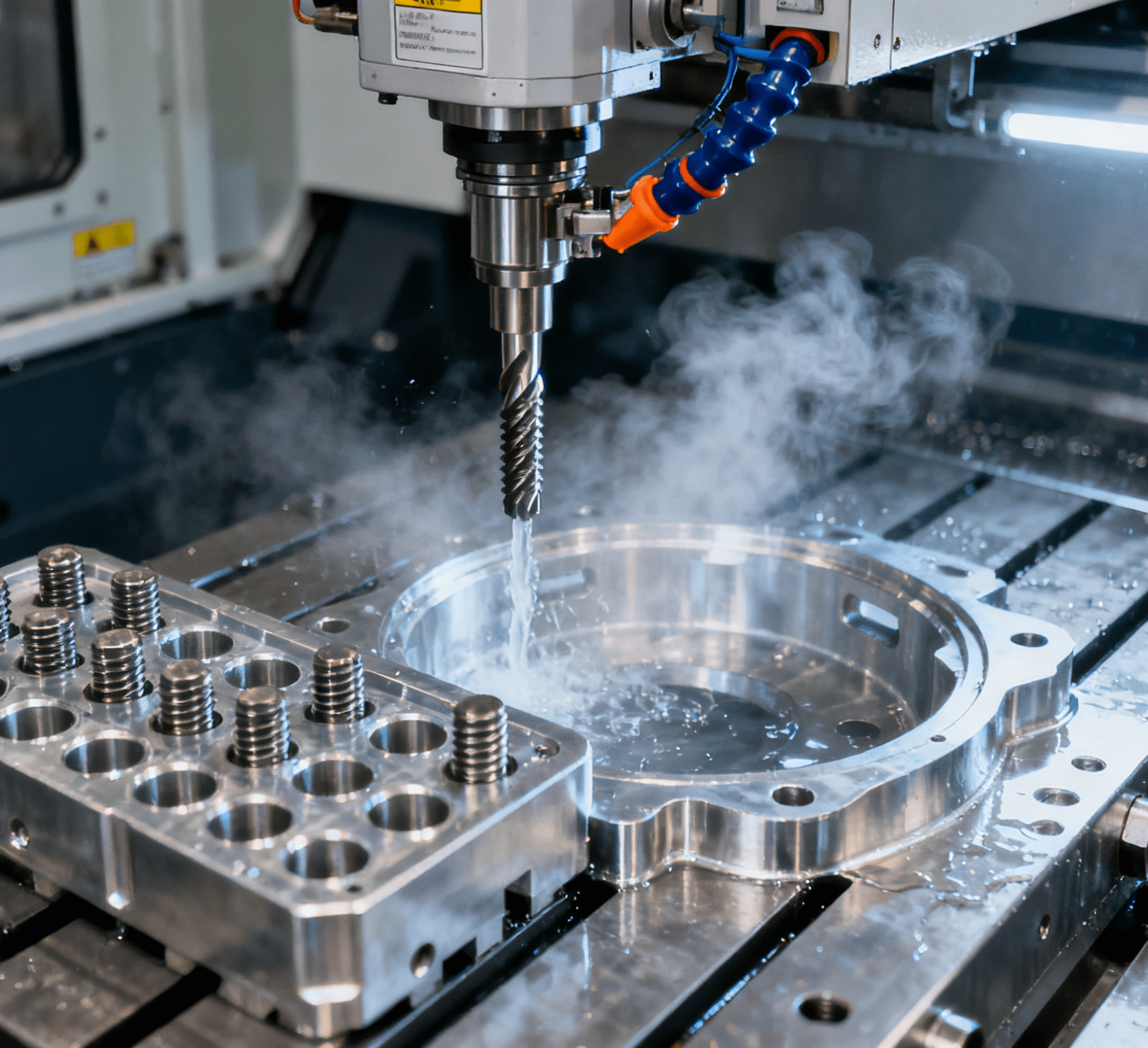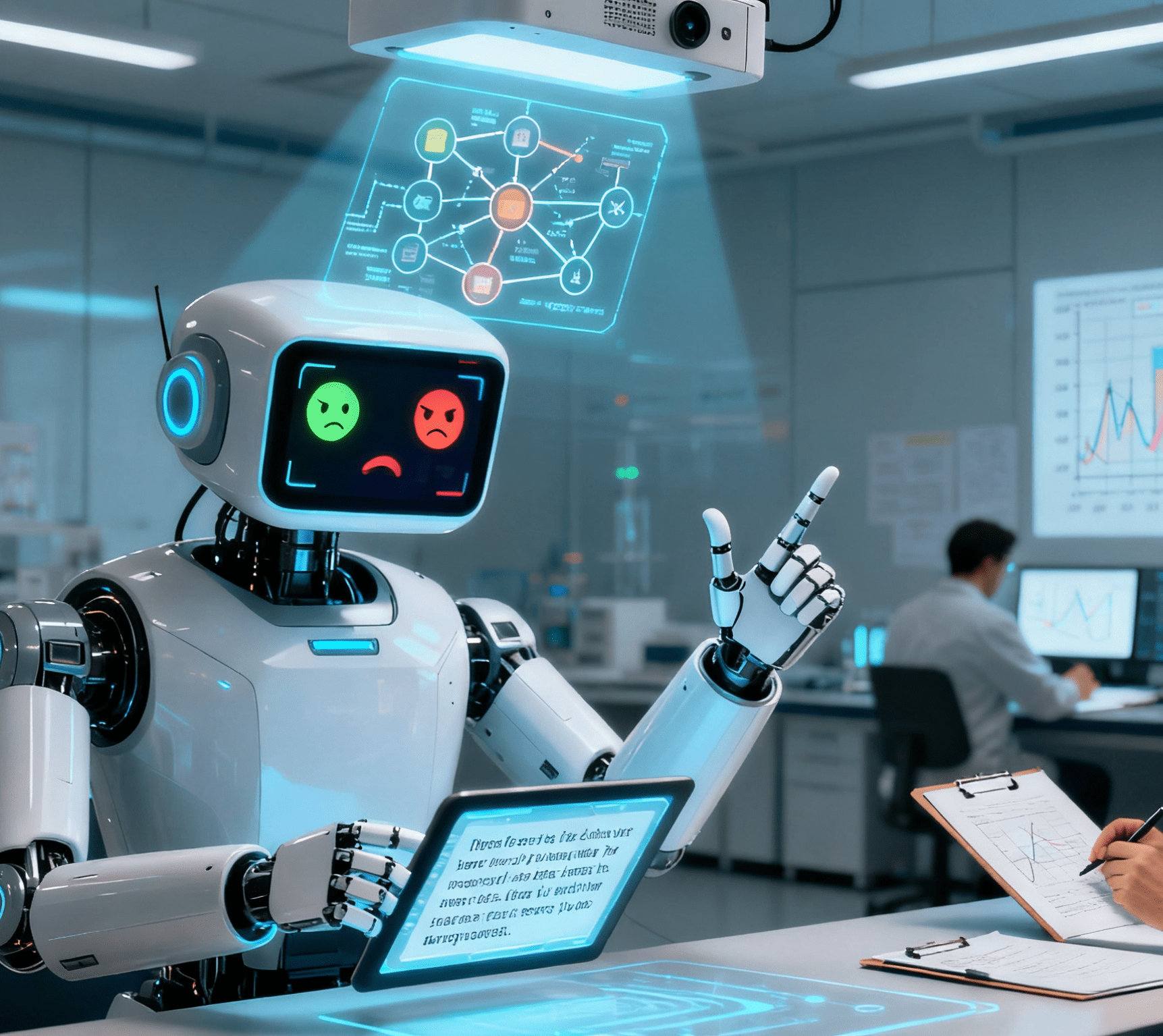Table of Contents
ToggleThe Discourse on Existential Risks of Artificial Intelligence: Navigating Panic in the Age of Intelligent Automation

Three years after ChatGPT’s debut, the AI debate has transcended academic circles, merging with urgent questions about intelligent automation’s role in society. As Geoffrey Hinton warns of unregulated AI’s perils, the conversation now intertwines with industrial automation realities—from factory floors where automation equipment executes precise tasks to boardrooms debating AI’s existential risks. Dystopian forecasts of superintelligence by 2030 clash with the tangible progress in intelligent automation, where AI optimizes production lines rather than threatens humanity. Yet beneath the panic lies a critical tension: How does the discourse on AI risks reflect (or distort) the actual integration of intelligent and industrial automation in our world?
The discussion about existential risks didn’t emerge organically. It was shaped by a well-funded network linked to Effective Altruism (EA), with billionaires pouring hundreds of millions into AI risk research. This funding influenced not just labs but public discourse—take California’s SB 1047 bill. EA’s ideology—transhumanism and longtermism—prioritizes hypothetical future benefits over present needs, ignoring how intelligent automation already impacts workers and communities.
Panic vs. Reality: AI’s Dual Narratives in Automation Landscapes
Public fear of AI apocalypses often ignores current tech limits. While doomsayers warn of superintelligence, factories deploy automation equipment enhanced by AI to boost efficiency. Algorithmic bias in hiring tools or data breaches in smart grids pose real risks, yet the panic cycle diverts attention from these tangible issues.
London’s 2023 AI Safety Summit vs. Paris’ 2025 AI Action Summit symbolizes a shift: From fearing AI to acting on its integration. The latter focused on leveraging AI for sustainable development, acknowledging that intelligent automation’s benefits (and risks) are rooted in today’s industrial applications, not sci-fi futures.
The AI Race: System Competition and Automation Dominance
In the US, the new administration frames AI safety as obsolete, prioritizing rivalry with China. DeepSeek’s ChatBot R1—trained cheaply on inferior chips—triggered a “Sputnik moment” in both tech and industrial automation. Suddenly, AI companies argued against regulations, claiming that unfettered development was crucial to keep automation equipment and industrial AI systems ahead. The narrative became: Build a “democratic AGI” before China creates an “autocratic superintelligence”—never mind that such terms conflate tech with politics, ignoring how intelligent automation actually evolves in factories and supply chains.
The EU, too, is retreating from strict rules. A year after the AI Act, the European Commission plans to reduce “administrative burdens” on tech firms, aligning with the US push to prioritize AI acceleration over safety. This “Zoomer mood” risks deregulating AI without addressing its real impacts on industrial automation workflows or worker rights.
From Speculation to Democratic Automation: A Way Forward
The existential risk debate, often divorced from industrial automation’s daily realities, needs grounding. When billions flow into speculative AGI research, we risk neglecting how intelligent automation—from predictive maintenance in automotive plants to AI-optimized logistics—reshapes industries. Transparency is vital: Who funds AI risk research? Whose interests do these narratives serve? Are they tied to real automation needs or venture capital’s speculative bets?
A democratic AI vision should center people, not hypothetical cyborgs. It must ensure that automation equipment enhances productivity without displacing workers, that industrial AI systems prioritize safety over speed, and that regulations protect data privacy in smart factories. As Paris’ summit showed, the path forward isn’t fearing superintelligence but harnessing AI to make intelligent and industrial automation tools that serve society’s present and future—without sacrificing today’s needs for a speculative tomorrow. The true challenge isn’t stopping an imaginary AI takeover, but crafting a world where every piece of automation equipment, every industrial AI algorithm, contributes to a fair, sustainable, and democratic technological future.




















